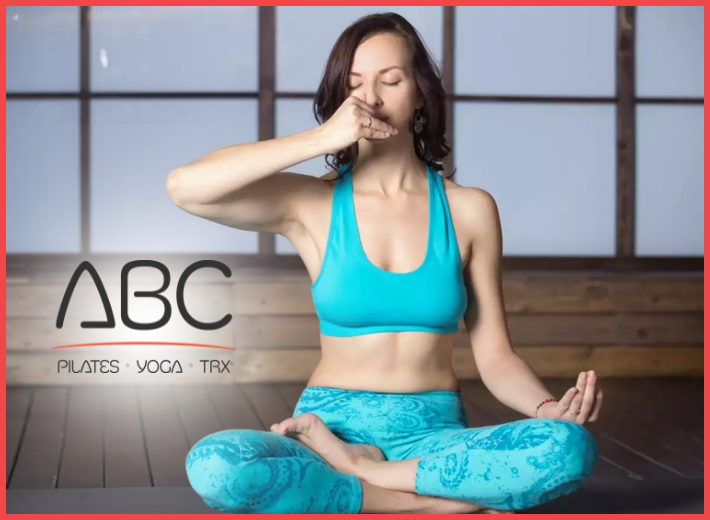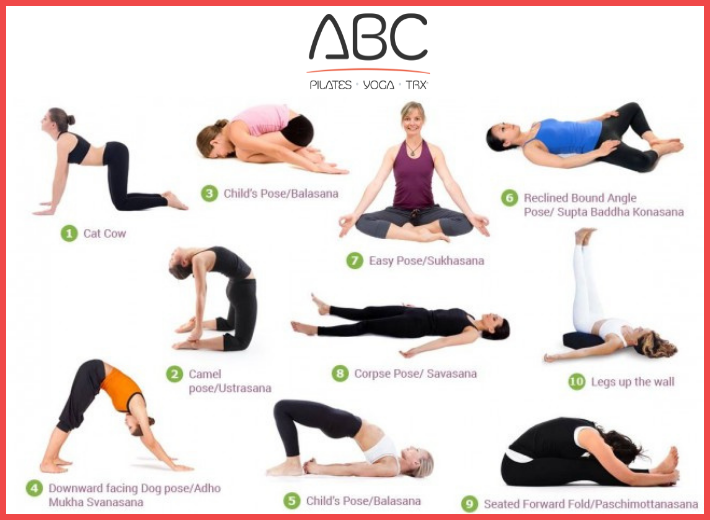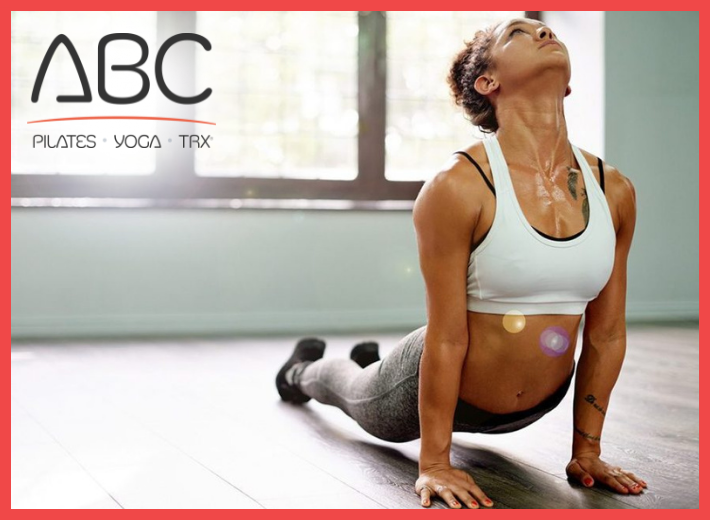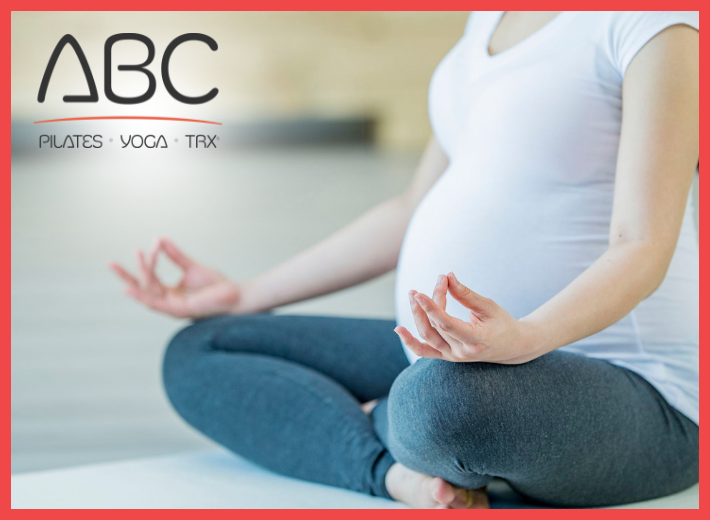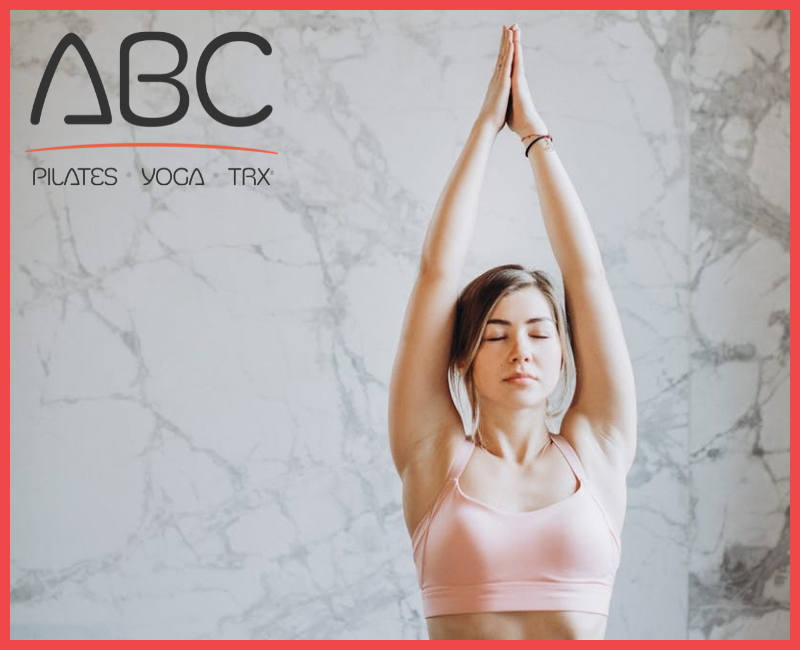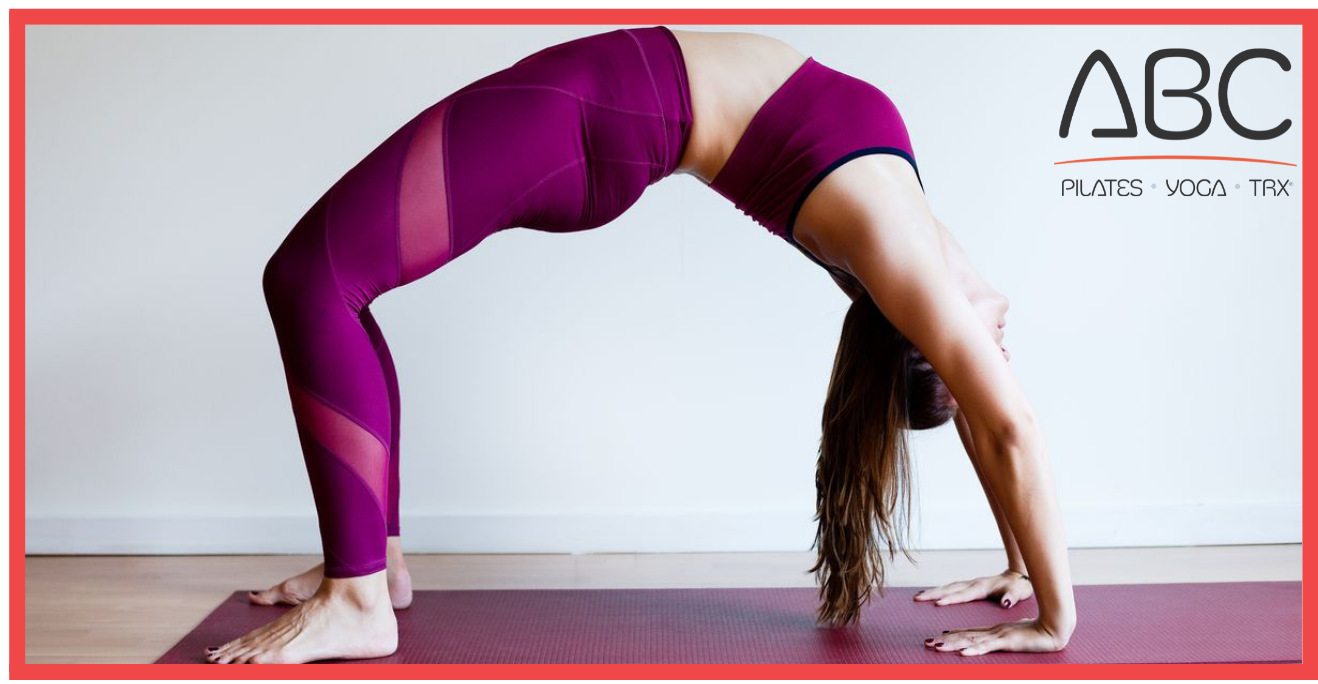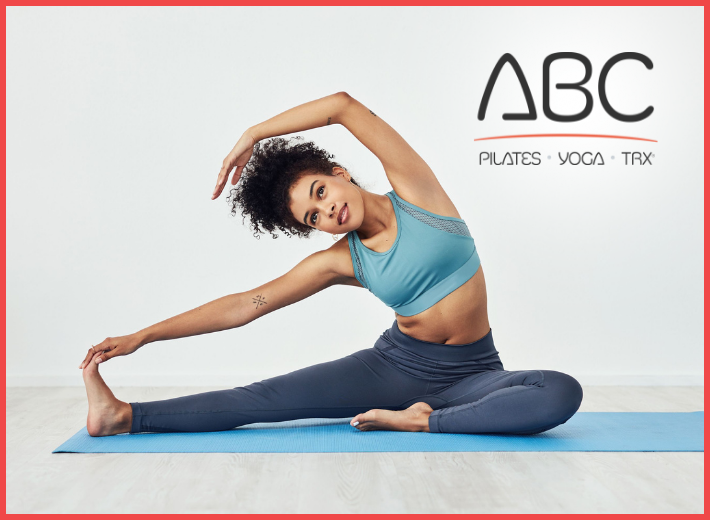
We all know yoga for its benefits related to posture and mindfulness — but it can also be a powerful tool to help you lose weight. Many experts agree that yoga works in different ways to bring about a healthy weight. Read on to see if you agree! Remember, we offer yoga — but also soooo many other class types so you can keep your workouts fresh and your perspective full of enthusiasm for your workouts.
The practice of yoga supports physical, mental, and spiritual development that allows you to create the best version of yourself.
Yoga may also be an effective tool to help you lose weight, especially the more active forms of yoga. And you may find that the awareness gained through a gentle, relaxing yoga practice helps you to lose weight as well.
Many experts agree that yoga works in different ways to bring about a healthy weight. Let’s take a look at a few of those ways.
Yoga and mindfulness
The mental and spiritual aspects of yoga focus on developing mindfulness. This increases your awareness on many levels.
It can make you more conscious of how different foods affect your mind, body, and spirit.
A 2016 study suggested that people who develop mindfulness through a yoga practice may be better able to resist unhealthy foods and comfort eating. They may also become more in tune with their body so that they notice when they’re full.
Yoga is thought to be especially beneficial for people who are struggling to lose weight in other ways as well.
A study from 2017 reported that mindfulness training has positive short-term benefits regarding impulsive or binge eating and physical activity. There was no significant effect on weight loss directly, but it’s thought that weight loss is associated with longer periods of mindfulness training. Further studies are needed to expand on these findings.
Since you’re advised not to practice yoga on a full stomach, you are likely to make healthy eating choices before doing yoga. After a yoga session, you may be more likely to crave fresh, unprocessed foods. You may also learn to chew each bite more thoroughly and eat more slowly, which can lead to less consumption.
Yoga and better sleep
Practicing yoga can help improve the quality of your sleep. You may find that you’re able to fall asleep more easily and sleep more deeply when you have a consistent yoga practice. Ideally, you should sleep between 6 and 9 hours each night.
Quality sleep is often associated with weight loss. A 2018 study found that people who had restricted sleep 5 times per week lost less fat than the group that followed their normal sleeping patterns. Both groups were limiting the number of calories they consumed, suggesting that sleep loss has an adverse effect on body composition, including fat loss.
Yoga nidra is a form of guided relaxation that may help you sleep more deeply and increase mindfulness. You can also set intentions during yoga nidra, which may help you develop weight loss goals.
A small 2018 study found that healthcare workers who did yoga nidra for 8 weeks increased their levels of mindfulness. This mindfulness included acting with awareness and not judging inner experiences.
Their levels of sleepiness weren’t significantly different at the follow-up. However, this score improved the longer people did the practice. Larger, more in-depth studies are needed to expand on these findings.
Yoga and calorie burning
While yoga isn’t traditionally considered an aerobic exercise, there are certain types of yoga that are more physical than others.
Active, intense styles of yoga help you burn the most calories. This may help prevent weight gain. Ashtanga, vinyasa, and power yoga are examples of more physical types of yoga.
Vinyasa and power yoga are usually offered at hot yoga studios. These types of yoga keep you moving almost constantly, which helps you burn calories.
Practicing yoga may also help you develop muscle tone and improve your metabolism.
While restorative yoga isn’t an especially physical type of yoga, it still may help in weight loss. One study found that restorative yoga was effective in helping overweight women to lose weight, including abdominal fat.
These findings are especially promising for people whose body weight may make more vigorous forms of yoga difficult.
Yoga may be a promising way to help with behavioral change, weight loss, and maintenance by burning calories, heightening mindfulness, and reducing stress. These factors may help you reduce food intake and become aware of the effects of overeating.
More in-depth studies are needed to expand on these findings.
Practice yoga as often as possible in order to lose weight. You can do a more active, intense practice at least 3 to 5 times per week for at least 1 hour.
On the other days, balance out your practice with a more relaxing, gentle class. Hatha, yin, and restorative yoga classes are great options.
If you’re a beginner, start slowly — start with a 20-minute practice and build up from there. This allows you to build strength and flexibility and prevent injuries. Allow yourself 1 full day of rest each week.
Combine your yoga practice with activities such as walking, cycling, or swimming for added cardiovascular benefits.
As part of your routine, avoid weighing yourself directly after a yoga class, especially hot yoga, since you may lose water weight during the class. Instead, weigh yourself at the same time each day.
Poses to do at home
Here are a few yoga poses you can do at home if you don’t have time for a full session.
Sun Salutations
Do at least 10 Sun Salutations. You can increase intensity by holding some of the positions for longer periods or by speeding up the pace.
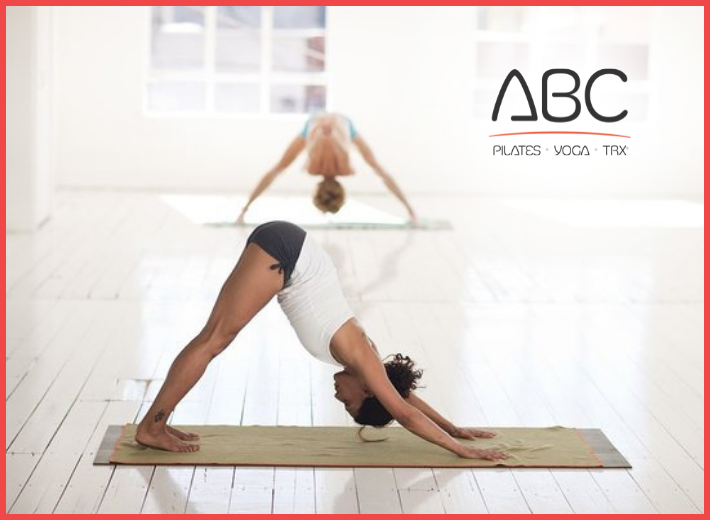
- From standing, inhale as your lift your arms overhead.
- Exhale as you swan dive down into a Forward Bend.
- Jump, step, or walk your feet back into Plank pose.
- Hold this position for at least five breaths.
- Drop your knees down and lower your body to the floor.
- Extend your legs, turn the tops of your feet to the mat, and place your hands under your shoulders.
- Inhale to lift partway, halfway, or all the way up into Cobra pose.
- Exhale to lower back down and then push up into Downward Facing Dog.
- Hold this pose for at least five breaths.
- Exhale as you jump, step, or walk your feet to the top of the mat and stand in a Forward Bend.
- Then inhale to lift up your arms overhead.
- Exhale to lower your arms back down by your body.
Boat pose
This pose engages your whole body, especially your core, and helps reduce stress.
- Sit on the floor with your legs together and extended in front of you.
- Bend your knees and lift your feet off the floor so that your thighs are at an angle to the floor while your shins are parallel to the floor.
- Extend your arms in front of you so that they’re parallel to the floor.
- If you can, straighten your legs while keeping your torso lifted.
- Hold this pose for 30 seconds.
- Repeat at least five times.
Plank pose
Spend 10 to 20 minutes doing variations of plank pose.
- From tabletop position, step your feet back with your heels lifted.
- Bring your body into a straight line. You may want to check your body in a mirror.
- Engage your core, arm, and leg muscles.
- Hold here for at least one minute.
Experience all the benefits of practicing yoga at ABC Fit Studio. We offer a variety of classes for people of all levels! Refresh, restore, and elevate your practice to the next level. Private training is also available. Schedule your first session today at (949) 305-3310. Join our online community on Facebook here.
Reference: [https://www.healthline.com/health/yoga-for-weight-loss]


